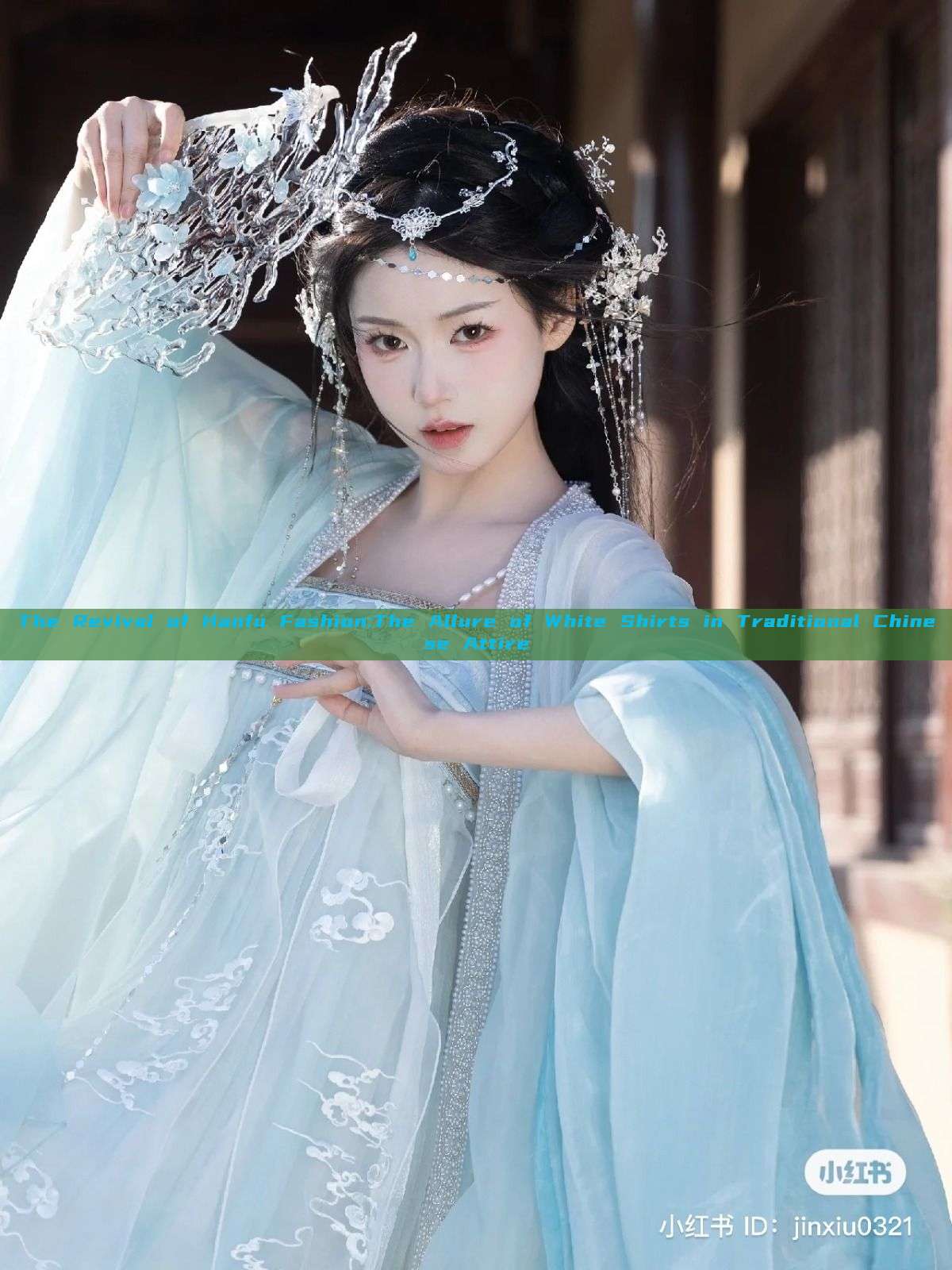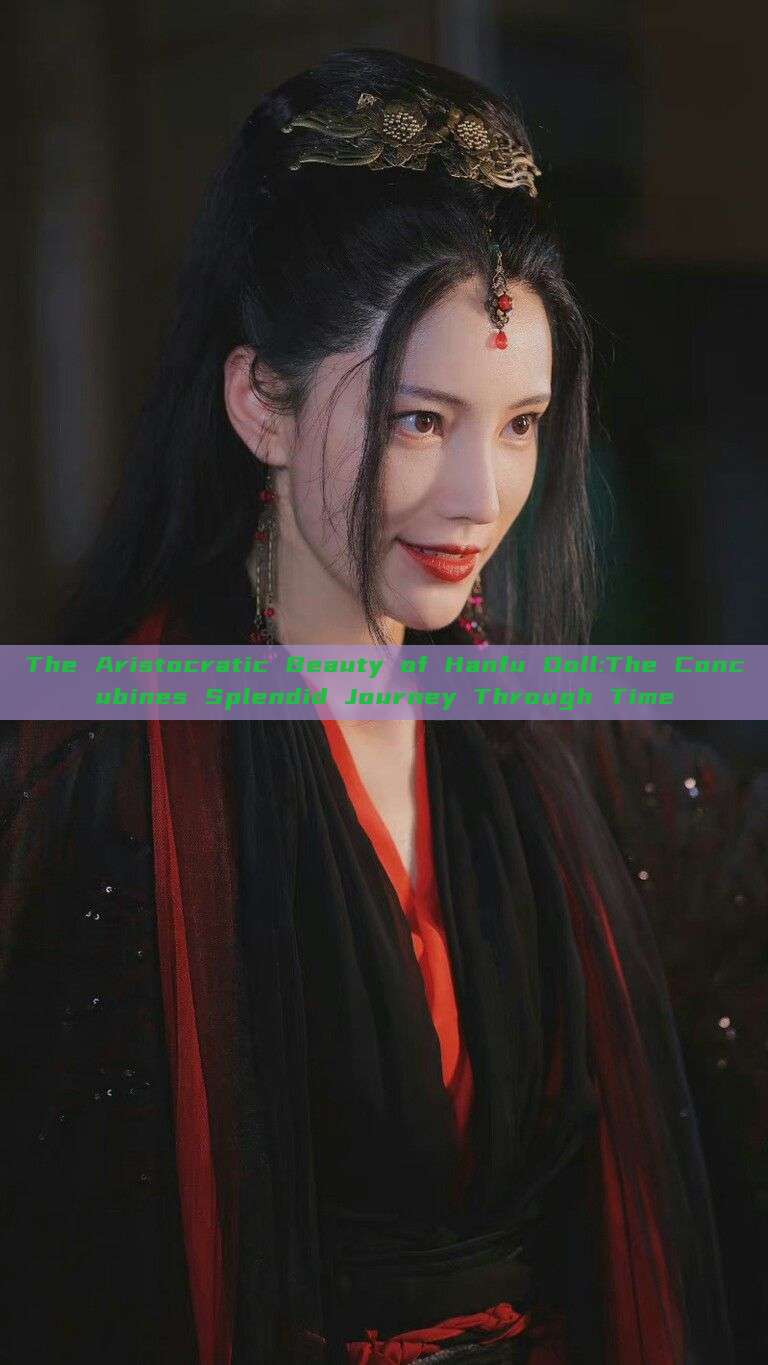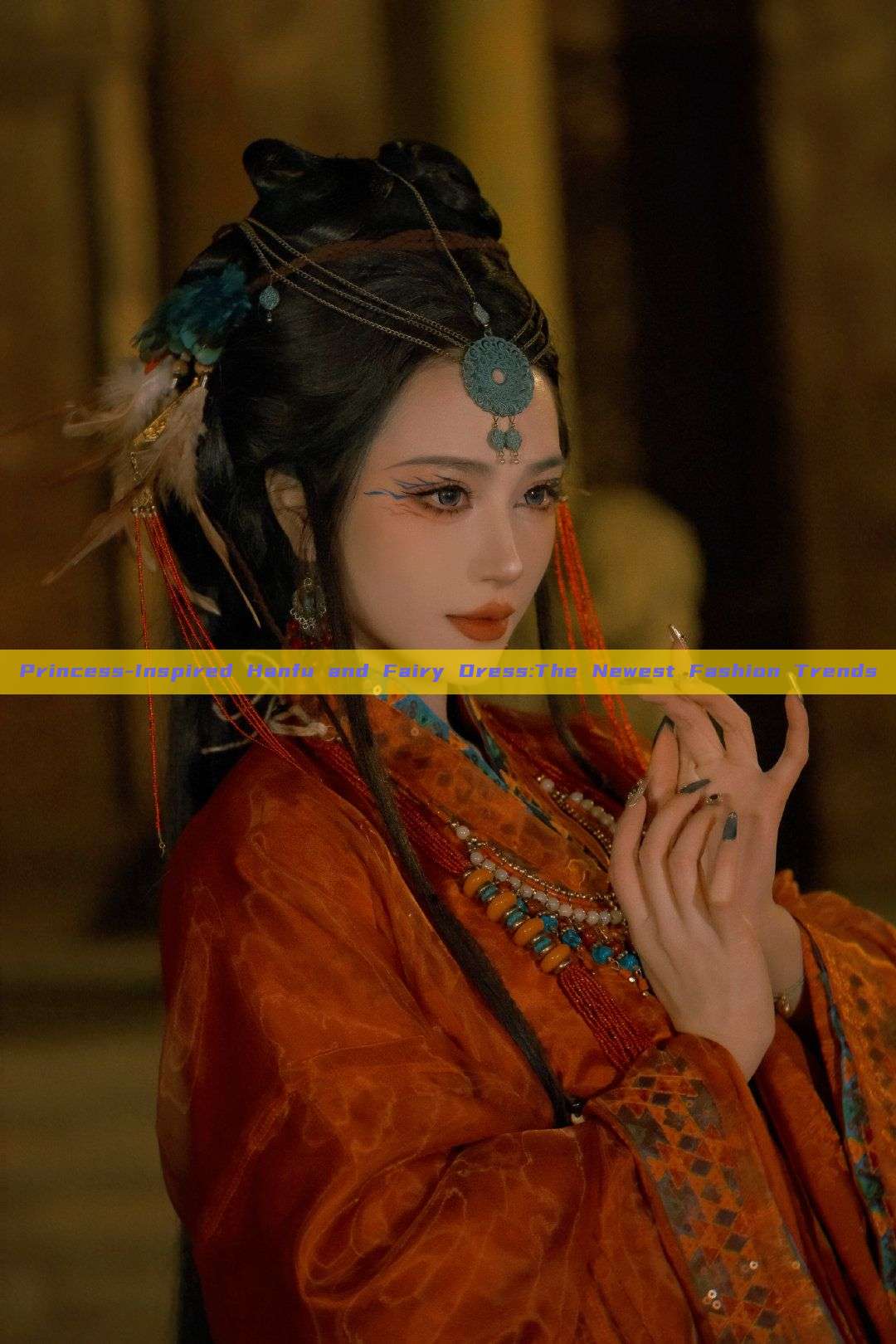In The tapestry of Chinese traditional clothing, the matched-front pleated skirt, known as "ma mian qun" in Chinese, stands out as a vibrant symbol of cultural heritage. This article delves into the essence of its fabric and material, examining the intricate details and the artistry behind its creation.

The history of the ma mian qun is rich and diverse, reflecting the evolution of textile technology and fashion trends throughout China's vast history. The material used in its construction has always been a pivotal aspect, ranging from natural fibers like silk and cotton to synthetic blends tailored for modern wear.
Silk: A Timeless Classic
Silk has always been a premium choice for Chinese traditional clothing, and the ma mian qun is no exception. The delicate texture and natural luster of silk provide a graceful elegance that is both comfortable and durable. Silk's versatility allows for intricate patterns and designs, often using embroidery, weaving, or printing techniques to enhance its visual appeal.
Cotton: A Comfortable Alternative
While silk remains a luxurious option, cotton has also played a significant role in the history of ma mian qun. Its natural breathability and affordability make it a practical choice for everyday wear. Cotton can be spun into various textures, from fine-grained to coarse, allowing for different styles of ma mian qun to be crafted.
Synthetic Blends: Modernizing the Traditional
With the advent of synthetic materials, the ma mian qun has also evolved. Modern versions often use blends of synthetic fibers like nylon or polyester, which provide durability and ease of care. These fabrics are often more resilient to wear and tear, making them suitable for everyday wear in modern times. The blend of traditional designs with modern materials creates a unique aesthetic that bridges the gap between old and new.
The Fabric’s Structure and Quality
The quality of the fabric used in ma mian qun is crucial, as it not only affects the final appearance but also the wearer's comfort. The structure of the fabric, especially the pleats, must be well-crafted to maintain their shape and texture. The use of high-quality threads and yarns is essential for durability and longevity. Additionally, the weaving technique and density of the fabric are crucial factors that determine its overall quality.
The role of Fabric in Cultural Significance
The fabric of the ma mian qun holds significant cultural importance. It reflects the status, social class, and personal taste of the wearer. The use of specific materials or patterns may signify certain cultural or historical events, further enhancing its value as a symbol of cultural heritage.
Conclusion
The fabric of the ma mian qun is not just a medium for wearing but a testament to China's rich cultural history. The evolution of materials used in its construction reflects the advancement of textile technology and fashion trends. The intricate details and patterns reflect a deep understanding of craftsmanship and cultural significance. As we delve into its essence, we are reminded of the beauty and diversity that lie within our cultural heritage. The ma mian qun continues to inspire and evolve, keeping up with modern times while maintaining its traditional essence.
In conclusion, the fabric of the matched-front pleated skirt represents not only a piece of clothing but an intricate tapestry of Chinese culture and heritage. Its material, structure, and design hold significant cultural and historical significance, reflecting a deep understanding of craftsmanship and personal taste. As we appreciate its beauty and diversity, we also recognize the importance of preserving our cultural heritage for future generations to come.







